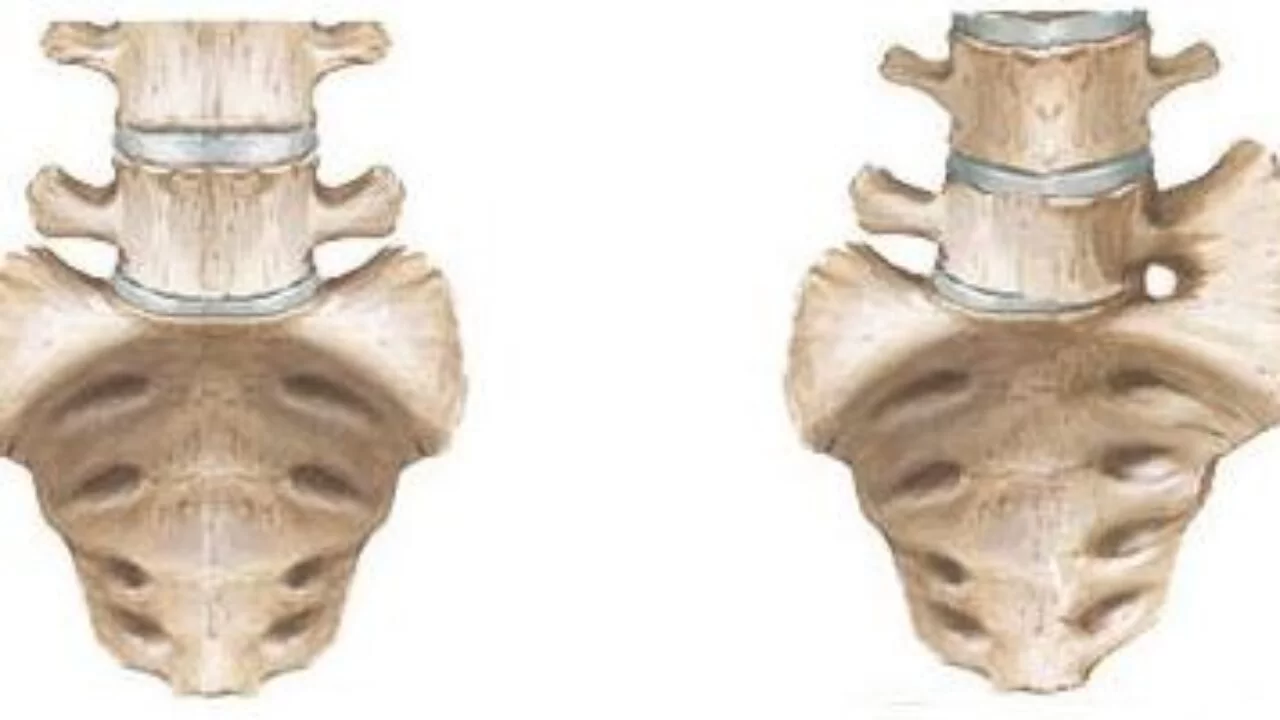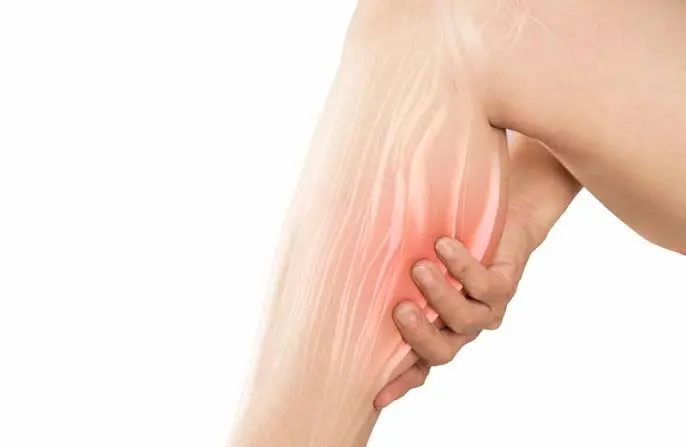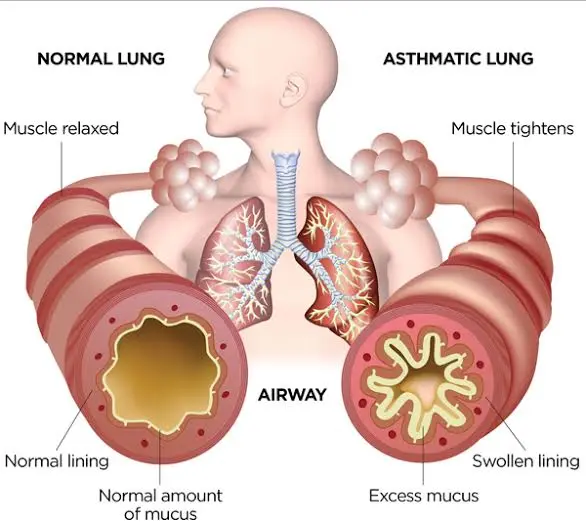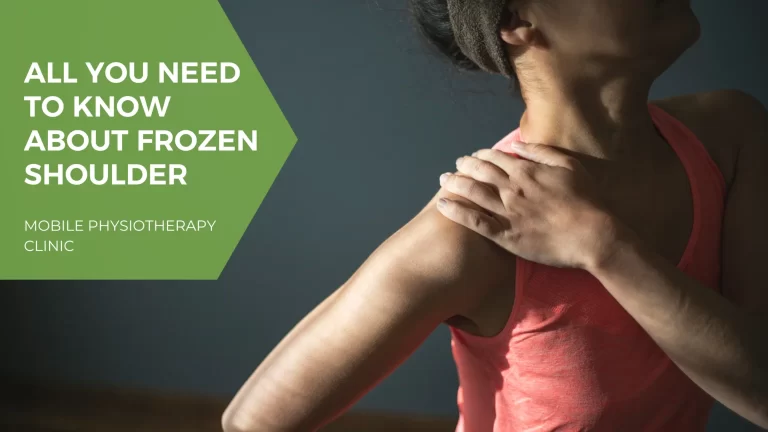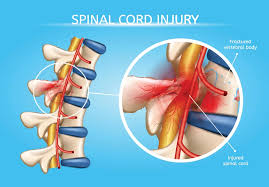Sacralization
Table of Contents
What is a Sacralization?
In medicine, sacralization refers to a congenital anomaly of the spine, in which the fifth lumbar vertebra (L5) fuses to the sacrum, the bone at the base of the spine. This results in a larger and more rigid bone structure, which can cause back pain, stiffness, and reduced mobility.
However, the term “sacralization” can also be used in a broader context to refer to the process of making something sacred or holy. This can occur in various cultural, religious, or social contexts, and involves imbuing an object, place, or idea with a special, elevated status.
For example, in Christianity, the process of canonization involves recognizing a person as a saint and declaring their life and works to be holy and worthy of veneration. In some cultures, natural landmarks such as mountains, rivers, or trees are considered sacred and imbued with spiritual significance. In modern society, certain social causes or values may be sacralized, with individuals or groups elevating them to the level of moral or ethical imperatives.
Causes of Sacralization
Sacralization is a congenital anomaly of the spine, which means it is present at birth and is caused by genetic and developmental factors. Here are some possible causes of sacralization:
- Genetics: Sacralization can be caused by genetic mutations or variations that affect the development of the spine during fetal development.
- Developmental abnormalities: The spine develops during fetal development from a series of segments, which fuse together over time. If this process is disrupted or abnormal, it can result in sacralization.
- Environmental factors: Certain environmental factors, such as exposure to toxins or radiation during pregnancy, may increase the risk of congenital abnormalities like sacralization.
- Inherited conditions: Some inherited conditions, such as Klippel-Feil syndrome or VATER association, may increase the likelihood of sacralization.
- Trauma: Trauma or injury to the spine during pregnancy or infancy may disrupt normal spinal development and increase the risk of sacralization.
It’s important to note that sacralization is usually asymptomatic and does not require treatment. However, in some cases, it may cause back pain or other symptoms that require medical attention.
Symptoms of Sacralization
Sacralization is a congenital anomaly of the spine, in which the fifth lumbar vertebra (L5) fuses to the sacrum, the bone at the base of the spine. In most cases, sacralization is asymptomatic and does not cause any noticeable symptoms. However, in some cases, it may cause back pain or other symptoms that require medical attention. Here are some possible symptoms of sacralization:
- Low back pain: Sacralization can cause low back pain, which may be localized to the lower back or radiate down the legs.
- Stiffness: Sacralization may cause stiffness in the lower back or hips, which can make it difficult to move or bend.
- Reduced mobility: In some cases, sacralization may limit mobility in the lower back or hips, making it difficult to perform certain activities.
- Numbness or tingling: Sacralization may cause numbness, tingling, or weakness in the legs or feet, which may be due to nerve compression.
- Posture changes: In some cases, sacralization may cause changes in posture or gait, which may be noticeable when walking or standing.
It’s important to note that not everyone with sacralization will experience these symptoms, and the severity of symptoms can vary widely from person to person. If you are experiencing persistent back pain or other symptoms, you should consult with a medical professional for a proper diagnosis and treatment plan.
Difference Diagnosis
The diagnosis of sacralization typically involves a combination of a physical exam, medical history, and imaging tests, such as X-rays, CT scans, or MRI scans. The imaging tests can show the fusion of the fifth lumbar vertebra (L5) with the sacrum, which is characteristic of sacralization. However, there are some other conditions that may cause similar symptoms, and it’s important to distinguish sacralization from these other conditions through a process called differential diagnosis. Here are some conditions that may be considered in the differential diagnosis of sacralization:
- Spinal stenosis: This is a narrowing of the spinal canal that can put pressure on the spinal cord or nerves. Spinal stenosis can cause similar symptoms to sacralization, such as back pain, numbness, and weakness in the legs.
- Herniated disc: A herniated disc occurs when the soft, gel-like material inside a spinal disc bulges out and puts pressure on the surrounding nerves. This can cause back pain, numbness, and weakness in the legs.
- Spondylolisthesis: This is a condition in which one vertebra in the spine slips out of place and onto the vertebra below it. Spondylolisthesis can cause low back pain, stiffness, and nerve compression.
- Arthritis: Arthritis is a condition that causes inflammation and stiffness in the joints, including the joints of the spine. This can cause back pain and stiffness, which can be similar to the symptoms of sacralization.
- Piriformis syndrome: This is a condition in which the piriformis muscle in the buttocks puts pressure on the sciatic nerve, causing pain and numbness in the legs. Piriformis syndrome can be similar to the symptoms of sacralization, but it is not a structural abnormality of the spine.
A medical professional will consider the patient’s medical history, perform a physical exam, and order imaging tests to help distinguish sacralization from these other conditions. In some cases, additional tests or consultations with specialists may be necessary to arrive at a correct diagnosis.
Diagnosis
The diagnosis of sacralization typically involves a combination of a medical history, physical exam, and imaging tests. Here are the steps that may be involved in diagnosing sacralization:
- Medical history: The medical professional will ask the patient about their symptoms, medical history, and any previous injuries or conditions that may be relevant to their current symptoms.
- Physical exam: The medical professional will perform a physical exam to assess the patient’s range of motion, strength, reflexes, and sensation in the legs and feet. They will also look for any signs of abnormal curvature or alignment of the spine.
- Imaging tests: Imaging tests, such as X-rays, CT scans, or MRI scans, can confirm the diagnosis of sacralization by showing the fusion of the fifth lumbar vertebra (L5) with the sacrum.
- Differential diagnosis: The medical professional will consider other conditions that may cause similar symptoms, such as spinal stenosis, herniated disc, spondylolisthesis, arthritis, or piriformis syndrome, and may order additional tests or consultations with specialists to arrive at a correct diagnosis.
Once sacralization is diagnosed, treatment may involve conservative measures such as physical therapy, exercise, pain management, and lifestyle modifications. In some cases, surgery may be necessary to alleviate symptoms or correct any structural abnormalities in the spine. It’s important to work with a medical professional to develop a treatment plan that is appropriate for the patient’s individual needs and circumstances.
Treatment of Sacralization
The treatment of sacralization depends on the severity of symptoms and the impact on the patient’s quality of life. In most cases, sacralization does not require treatment, as it is typically asymptomatic and does not cause any functional impairment. However, if sacralization is causing pain or other symptoms, there are several treatment options that may be considered. Here are some possible treatments for sacralization:
- Conservative measures: Conservative measures, such as physical therapy, exercise, and pain management, may be effective in relieving symptoms of sacralization. Stretching exercises, core strengthening exercises, and low-impact aerobic exercise can help improve flexibility, reduce pain, and improve overall function. Pain management may involve the use of over-the-counter pain medications, such as acetaminophen or nonsteroidal anti-inflammatory drugs (NSAIDs).
- Lifestyle modifications: Lifestyle modifications, such as weight loss, smoking cessation, and avoiding activities that exacerbate symptoms, may also be effective in relieving symptoms of sacralization.
- Injection therapy: In some cases, injection therapy may be used to relieve pain and inflammation in the affected area. This may involve the injection of corticosteroids or local anesthetics into the affected joints or muscles.
- Surgery: Surgery is typically considered a last resort for sacralization, as it is invasive and carries risks. However, in some cases, surgery may be necessary to alleviate symptoms or correct any structural abnormalities in the spine. Surgical options may include spinal fusion or decompression surgery.
It’s important to work with a medical professional to develop a treatment plan that is appropriate for the patient’s individual needs and circumstances. With the right treatment and management, most patients with sacralization can maintain good function and quality of life.
Physiotherapy treatment
Physiotherapy can be an effective treatment for sacralization, especially when the condition is causing pain or other symptoms. Here are some physiotherapy treatments that may be used to manage sacralization:
- Stretching exercises: Stretching exercises can help improve flexibility, reduce muscle tension, and alleviate pain associated with sacralization. A physiotherapist can design a stretching program that targets the specific muscles affected by sacralization, such as the lower back, hips, and buttocks.
- Core strengthening exercises: Core strengthening exercises can help improve stability and support for the spine, which can reduce the risk of further injury or aggravation of sacralization. A physiotherapist can design a core strengthening program that targets the muscles of the abdomen, back, and pelvis.
- Manual therapy: Manual therapy techniques, such as massage, joint mobilization, and spinal manipulation, can help alleviate pain and stiffness associated with sacralization. A physiotherapist can use these techniques to target the affected joints and muscles and improve mobility.
- Heat and cold therapy: Heat and cold therapy can be used to reduce pain and inflammation associated with sacralization. A physiotherapist may use heat therapy, such as hot packs or ultrasound, to promote circulation and relax muscles. Cold therapy, such as ice packs or cold compresses, can help reduce inflammation and swelling.
- Education and advice: A physiotherapist can provide education and advice on posture, ergonomics, and lifestyle modifications that can help manage symptoms of sacralization. For example, they may recommend using proper lifting techniques, avoiding prolonged sitting, and maintaining a healthy weight.
It’s important to work with a qualified and experienced physiotherapist who can design a treatment plan that is tailored to the individual needs and goals of the patient. With consistent and effective physiotherapy, many patients with sacralization can achieve significant improvement in their symptoms and function.
Exercise for Sacralization
Exercise can be an effective way to manage symptoms of sacralization, particularly when combined with other treatments such as physiotherapy and pain management. Here are some exercises that may be helpful for individuals with sacralization:
- Low-impact aerobic exercise: Low-impact aerobic exercise, such as walking, cycling, or swimming, can help improve cardiovascular health and maintain overall fitness without putting undue stress on the spine.
- Stretching exercises: Stretching exercises can help improve flexibility, reduce muscle tension, and alleviate pain associated with sacralization. Examples of stretching exercises that may be helpful include hamstring stretches, hip flexor stretches, and piriformis stretches.
- Core strengthening exercises: Core strengthening exercises can help improve stability and support for the spine, which can reduce the risk of further injury or aggravation of sacralization. Examples of core strengthening exercises that may be helpful include abdominal curls, pelvic tilts, and plank exercises.
- Yoga or Pilates: Yoga or Pilates can be a helpful form of exercise for individuals with sacralization, as they emphasize gentle movements, stretching, and core strengthening. However, it’s important to work with a qualified instructor who is familiar with the condition and can modify exercises as needed to avoid aggravating symptoms.
- Water therapy: Water therapy, such as aqua aerobics or swimming, can be an effective way to exercise without putting stress on the spine. The buoyancy of water can help reduce pressure on the joints and muscles, making it easier to move and exercise.
It’s important to consult with a medical professional or qualified physiotherapist before starting any exercise program, particularly if you have sacralization. They can provide guidance on appropriate exercises, modifications, and precautions to help you exercise safely and effectively.
How to Prevent Sacralization?
While some cases of sacralization may be congenital or the result of injury or natural wear and tear, there are some steps that individuals can take to reduce their risk of developing the condition or prevent its progression:
- Maintain good posture: Poor posture can put stress on the spine and increase the risk of injury or degeneration. It’s important to maintain good posture, particularly when sitting for prolonged periods, to help reduce the risk of sacralization.
- Exercise regularly: Regular exercise, particularly activities that help strengthen the core and support the spine, can help reduce the risk of developing sacralization or prevent its progression.
- Use proper lifting techniques: When lifting heavy objects, it’s important to use proper lifting techniques to avoid putting undue stress on the spine. This includes bending at the knees and using the legs, rather than the back, to lift objects.
- Maintain a healthy weight: Excess weight can put additional stress on the spine, increasing the risk of injury or degeneration. Maintaining a healthy weight can help reduce the risk of developing sacralization.
- Practice good ergonomics: Whether at work or home, it’s important to use ergonomically designed furniture and equipment that support good posture and reduce the risk of injury or strain.
- Take frequent breaks: Whether sitting or standing for long periods, it’s important to take frequent breaks and change positions to reduce the risk of strain or injury to the spine.
It’s important to speak with a healthcare professional or qualified physiotherapist for advice on preventing sacralization or managing symptoms if you have already been diagnosed with the condition. They can provide guidance on appropriate exercise, posture, and lifestyle modifications to help reduce the risk of injury or degeneration of the spine.
Conclusion
Sacralization is a condition where the lumbar vertebrae fuse with the sacrum, leading to pain, stiffness, and reduced mobility in the lower back. It can be caused by a variety of factors, including genetics, injury, or natural wear and tear.
Treatment for sacralization may involve a combination of physiotherapy, medication, and in severe cases, surgery. Exercises such as low-impact aerobic exercise, stretching, and core strengthening can also be helpful in managing symptoms and improving overall spinal health.
Prevention of sacralization involves maintaining good posture, exercising regularly, using proper lifting techniques, maintaining a healthy weight, practicing good ergonomics, and taking frequent breaks.
It’s important to speak with a healthcare professional or qualified physiotherapist for advice on preventing sacralization or managing symptoms if you have already been diagnosed with the condition. With proper care and management, individuals with sacralization can reduce their symptoms and improve their overall quality of life.

